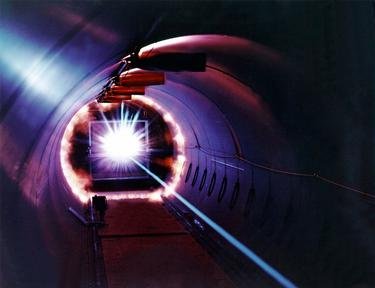
Elementary Particles (2024 Edition) Quiz
The definition of an elementary particle has evolved over the centuries, with the currently-accepted version of the Standard Model considering that there are 17 of them. Can you locate the 15 in this list?
A collection quiz
by looney_tunes.
Estimated time: 3 mins.